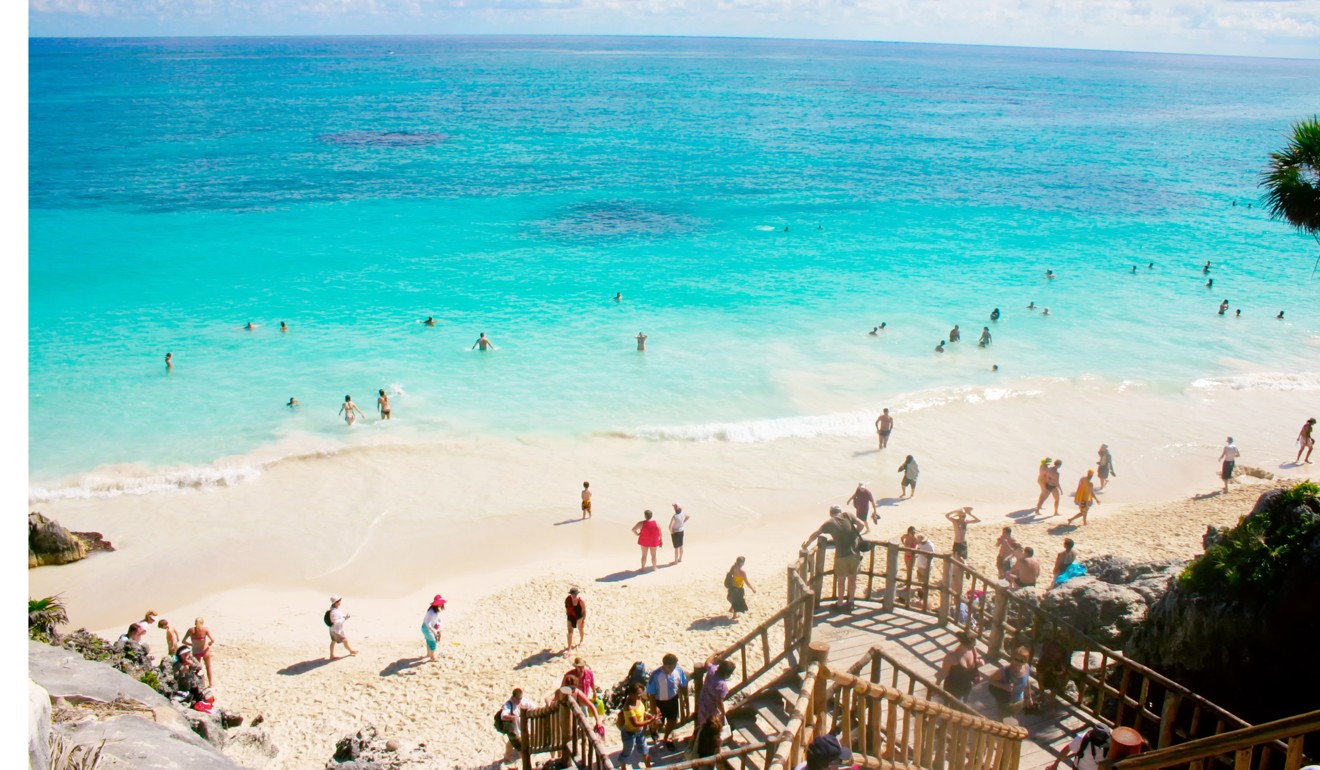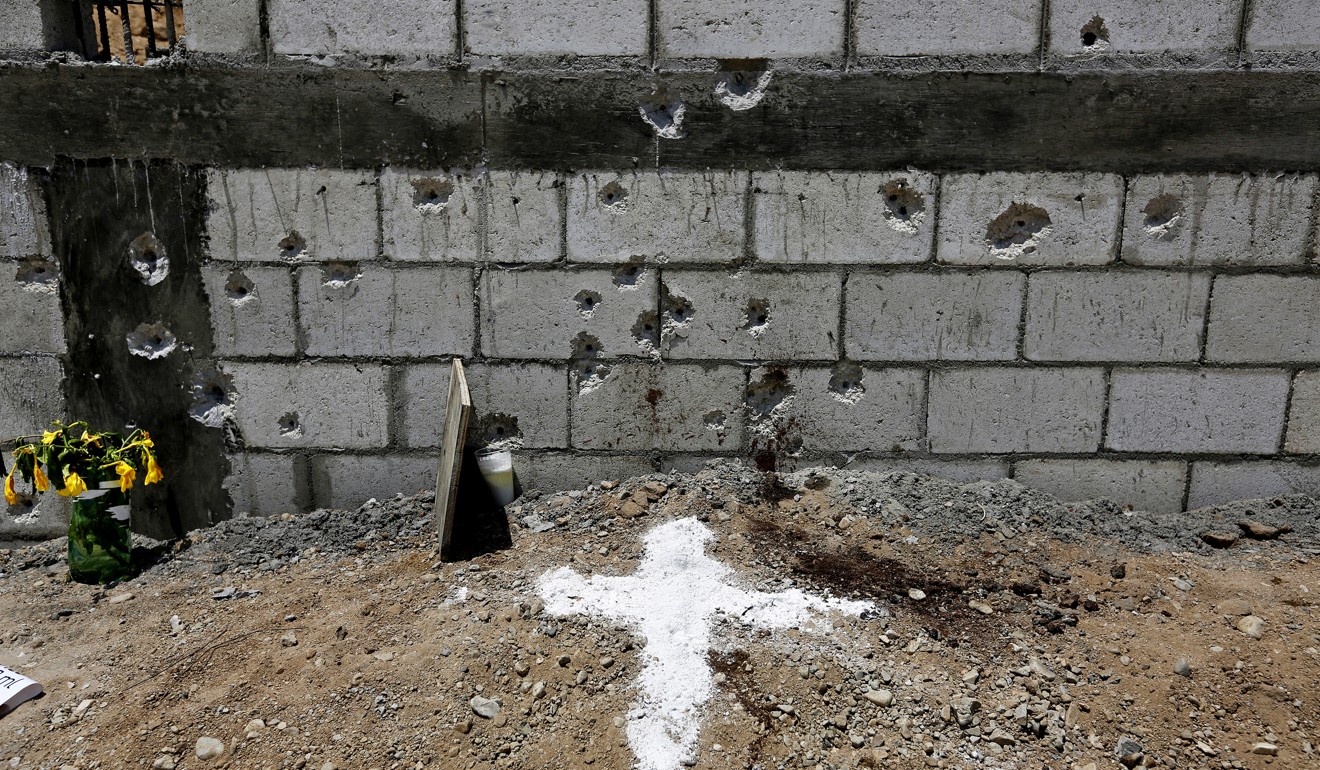
Analysis | Trouble in paradise: drug cartels cast shadow over Mexico’s top tourist havens
Los Cabos is no longer safe from Mexico’s bloodshed
On a recent balmy afternoon in Los Cabos, as tourists and locals frolicked in the sparkling blue sea, a group of men toting automatic weapons stormed onto a crowded beach.
By the time the attackers fled, three men lay dead beneath a grove of palm trees - another sign that the violence roiling other parts of Mexico has arrived at one of the country’s most prized and protected tourist resorts.
Guzman’s Sinaloa cartel was once so firmly planted in the state of Baja California Sur that he and other cartel leaders vacationed here safely - along with more than a million American tourists each year. But since Guzman’s arrest and extradition to the US, the cartel has fragmented into warring factions, who are fighting each other as well as gangsters aligned with the emergent Jalisco New Generation cartel.
Although none of the recent violence has explicitly targeted tourists - the only known American victim was wounded in the leg by a stray bullet in March - the US State Department recently warned Americans to take extra precautions when visiting Los Cabos.

The department also issued a travel warning for Cancun, which this year was the site of a nightclub shooting in which several foreigners died.
Baja authorities say drugs, firearms and trained hit men have been arriving by ferry from Sinaloa state, just across the Sea of Cortez, fuelling record levels of killings in what is still one of Mexico’s most sparsely populated states, despite a steady stream of Mexican migrants who come to work in the resorts and escape violence or poverty in their home states.

The government launched 232 homicide investigations in the state from January to July, up 250 per cent from the same period last year, and up more than 1,000 per cent from five years ago.
This year, the state is on track to record an annual rate of 57 killings per 100,000 people - roughly eight times that of Los Angeles.
The vast majority of the violence is playing out in the poor desert hillside communities that house resort workers, far from the beaches that have made this region a magnet for business moguls and Hollywood stars.

Last weekend, a string of killings in those poor neighbourhoods took 16 lives over three days. One of those slain was Jose Mauricio Savala Espinoza, 20, who was shot in the head Sunday afternoon near a Baptist church in San Jose del Cabo, a few miles inland from a strip of US $1,000-a-night hotels.
After the killing, as neighbours peered behind police tape to catch a glimpse of the body and investigators searched for bullets, the victim’s mother erupted in screams.
“Mauricio! Why?” cried Norma Espinoza Escarrega, 47, clutching her face.
She said she and her husband came to Los Cabos from Sinaloa 23 years ago to work in a tortilla factory. Jose Mauricio, one of their four children, had fallen in with gangsters despite her warnings that it could cost him his life.

“I told you,” she wailed, as a relative rubbed her back. “My God.”
To combat the violence, the government is building a new base for the Mexican marines in the region, and local hotels have helped pay for additional federal troops.
Even so, the violence has crept into the tourist zones, where menus are printed in English and prices are given in US dollars. In March, police and armed gangsters clashed in the lobby of the Hyatt Ziva, a US$400-a-night resort in San Jose del Cabo. In June, two severed heads were discovered in a cooler in the heart of the tourist zone in Cabo San Lucas.
The recent State Department warnings have officials worried about the potential impact on the country’s US$20 billion-a-year tourism industry. There are 20 new hotels planned in Los Cabos, including branches of the Ritz-Carlton and Four Seasons, projects that officials say will add 4,000 hotel rooms over the next two years.
Mexican authorities have gone to lengths to portray the violence as affecting only those involved in the drug trade.
Rodrigo Esponda, managing director of the Los Cabos Tourism Board, said that unlike the recent terrorists in Europe, Mexico’s gangsters rarely purposefully target general society.
Others have suggested there were political motives behind the travel warnings. In August, Mexican Tourism Secretary Enrique de la Madrid told El Universal newspaper that the travel advisories might be part of US President Donald Trump’s negotiating tactics as the US, Canada and Mexico thrash out changes to the North American Free Trade Agreement.
Some fear that Los Cabos could become like Acapulco, the Pacific Coast resort that has become Mexico’s homicide capital as warring criminal groups battle for control.
Security analyst Alejandro Hope said the violence in Los Cabos shows that the government’s successful efforts to attract foreign investment in tourism and manufacturing could be undermined by gaping income inequality and the government’s inability to contain criminal groups.
“It’s private splendour and public squalor,” Hope said.
“You have an underclass that is a breeding ground for criminal activity.”

